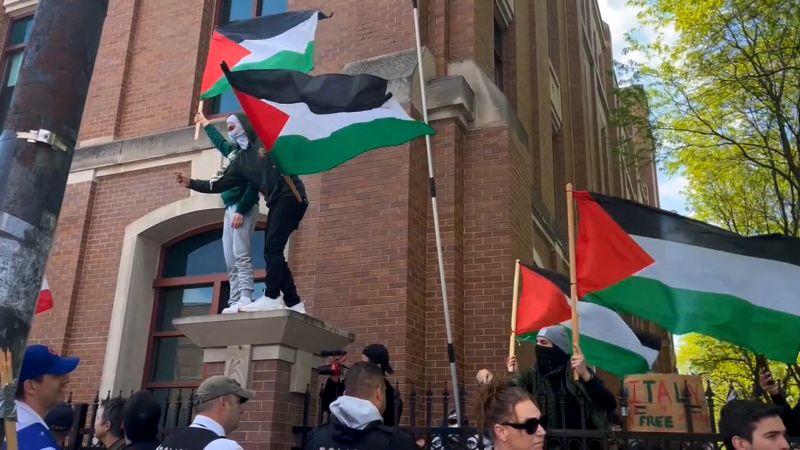I turned to her and said, “We love our wars.” To which I should have added, “And we love our warriors.”
The soldiers’ remains were discovered last fall, buried as shallow as six inches deep in the sandy soil where they fell during the Battle of Camden. Thanks to the work of archeologists, coroners and historians, aided by buttons and other military paraphernalia, the battleground remains have been determined to belong to 12 Continental soldiers, one British loyalist and one British regular. Thirteen were honored as heroes in ceremonies planned by countless volunteers, both civilian and military. The 14th individual was determined to have had at least some Native American ancestry and so will be buried with help from the Catawba Nation and the Lumbee Tribe.
In fact, the reinterment of all the soldiers at the Camden Battlefield site is being delayed until the U.S. Army and the South Carolina Battleground Preservation Trust can turn the ground into a military cemetery. The Army, which has a legislative mandate to protect military remains in perpetuity, buries its dead only in military cemeteries. For now, at least, the carefully crafted coffins are being held in a safe place until preparations for the cemetery are completed.
The Battle of Camden is historically important for many reasons, not least because it was the bloodiest battle in the American Revolutionary War but also because, well, Camden lost, bolstering Britain’s “Southern Strategy,” its plan to concentrate its forces in Georgia, South Carolina, North Carolina and Virginia. Even though the Patriots far outnumbered the Loyalists — 4,000 to 2,000 — they were out-trained and out-equipped, and many of them had dysentery. Whereas the British were armed with fancy bayonets affixed to their rifles, the often underage Patriots had only primitive, inaccurate muskets — if any — that they hadn’t been trained to use.
More than 900 Patriots died in the Battle of Camden. Another 1,000 were captured, many of them consigned to prison ships to waste away of disease and malnourishment. Among the British soldiers at Camden, just 68 died, 245 were wounded and 11 went missing.
The Southern Strategy — a concept most Americans probably identify with Richard Nixon — was at this time the work of King George III, or at least his military advisers. Long before the Civil War, the South was identified as unique and separate, which, then as now, wasn’t necessarily a compliment. Beginning in the 1660s, the Carolina Colony, which stretched from Virginia south to Florida and west to the Pacific Ocean, was populated by hardscrabble farmers in the northern half and planter-barons overseeing vast estates under slave labor in the southern half.
The remnants of those times and events can be seen today in a patriotic devotion to “place,” in the number of steeples per capita, and in the strong identification with war — and defeat — and with the military in general. There’s a reason that the South produces more military recruits (41 percent) than any other part of the country.
Streets and houses in Camden pay homage to military leaders, including some from the other side, who fought or died in one battle or another. A major thoroughfare, DeKalb Street, honorsMaj. Gen. Johann de Kalb, who led a division of Maryland and Delaware Continentals southward and died from wounds sustained in the Battle of Camden. Visitors here can’t miss the Georgian-style Kershaw-Cornwallis house, named both for town founder Joseph Kershaw, who built it, and for Lord Charles Cornwallis, who marched to Camden with 2,500 British troops and seized the home as a supply post.
We take our wars and our warriors seriously.
An exception to this rule is British-born Gen. Horatio Gates, who in addition to slandering the man whose job he wanted, George Washington, fled the Battle of Camden and galloped 180 miles north to escape the fate of so many under his command. Fittingly, he was the butt of several hilarious jokes in a local play, “The Battle of Camden,” written by Tony Scully, a transplanted Hollywood screenwriter and former Camden mayor. His stellar hour-long production ought to be adopted by school and local theater groups.
It featured local actors as well as a handful of cadets from Camden Military Academy, an impressive student drum and fife team (brothers Matthew Slade, 13, and Jonathan Slade, 15), and an interesting trio of women in wartime solidarity — a Native American, an African American (enslaved) and a White plantation mistress. The three testified to their various stations but also to their shared efforts to help the Revolution with healing, sewing and cooking. The play’s combination of history and seriousness had just enough humor to keep people in their seats.
Ceremonies began early on April 22with a solemn procession of horse- and mule-drawn caissons loaded with the flag-draped coffins of the dead soldiers. I should mention that all the details of these events were the product of meticulous planning and local people volunteering their skills. The coffins were handcrafted by former theologian and minister Philip Hultgren, who learned woodworking from his Swedish-emigrant grandfather. Every nail was hand-forged by Jack Hurley, a retired University of Memphis history professor and a self-taught blacksmith. To be true to the period, Hurley created 30 two-inch nails per coffin, each one needing about 100 blows from his 4-pound hammer to create.
Hultgren’s authentic 18th-century-style coffins have six corners. Each one measures 5 feet, 6 inches in length and is finished with linseed oil.
“I wanted them to look like they were fashioned by someone who cared and who was a hands-on kind of person,” Hultgren said, adding, “They’re not perfect, but they look really good, and they have that sense of this is real, this is what a family would do.”
So it might have been in the summer of 1780. And so it is in the spring of 2023. Yes, we love our warriors. May they finally, eventually, rest in peace.







More News
Cease-Fire Talks Between Israel and Hamas Again at an Impasse
Sweet Tea-Brined Roast Chicken for Sunday Supper
Kristi Noem Suggests Biden’s Dog Should Have Been Killed, Too